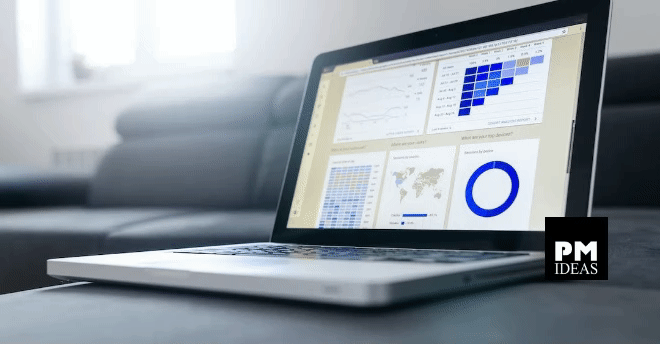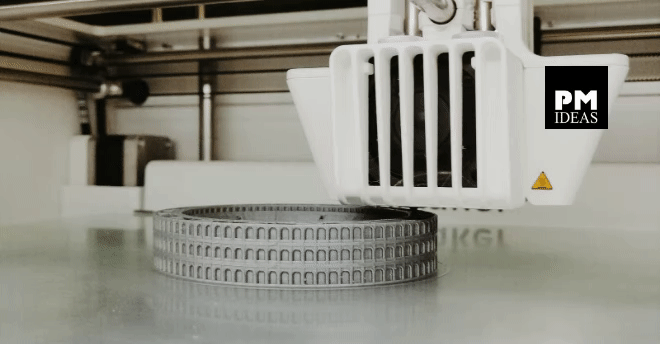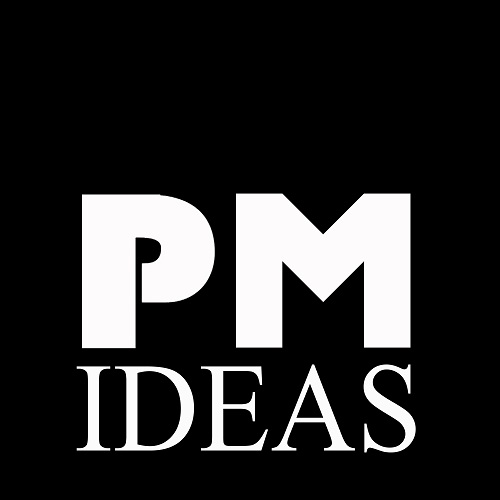Singapore is leading a new way of construction, faster and more sustainable.
Construction has come a long way over the past few years, and the COVID pandemic has only accelerated the need for modernization and improved efficiency in the industry. During the pandemic, authorities had to build hospitals quickly to accommodate the surge in patients. In fact, China built a 25,000 square-meter hospital in just ten days, while Spain’s Isabel Zendal Hospital was completed in record time. Even after the crisis subsided, the same philosophy of prefabricated construction is being used to quickly build other types of buildings.
By the time you finish reading this article, a luxury apartment module will have been erected in Singapore!
Puedes leer el artículo en español: «De la construcción a la fabricación» publicado en Stakeholders.news
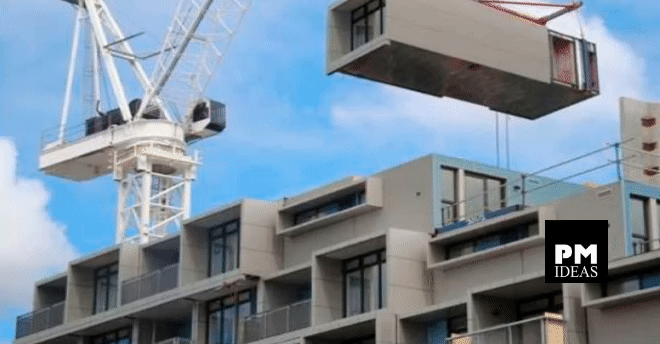
According to Oxford Economics, the global construction industry experienced a strong recovery in 2021, with a growth of 6.6% in production. New construction methodologies, including prefabrication, industrialization, 3D printing, and modular architecture, are becoming the new normal to meet the sector’s rapid growth and transform construction productivity.
Singapore is leading a series of technological advances in the industry, where Prefabricated Prefinished Volumetric Construction (PPVC) stands out as a key tool in the most impressive and high-profile projects. PPVC is a construction method that involves building interconnected building modules in a factory, each equipped with internal finishes, accessories, and elements. According to projects analyzed by the Building and Construction Authority of Singapore, these elements are then transported to the construction site for assembly and installation, significantly accelerating the construction process and increasing productivity by up to 30-50%.
PPVC is particularly effective for less complex designs, where standardization can be a clear strategy for replicating a repetitive solution. It also offers project managers and construction managers other benefits, such as higher quality, more consistency, less waste, and better environmental, health, and safety performance since most of the work is done in a controlled factory environment instead of on the construction site.
PPVC is used for various construction projects in Singapore, including hospitals, high-end hotels, and residential developments. However, using PPVC requires a shift in standards, assumptions, and design processes to adopt the Design for Manufacturing and Assembly approach, where the quality of each element must ensure perfect assembly at various levels. This is a requirement more typical of the industrial sector, to which traditional construction is not accustomed.
This system also requires better production planning, supply chain, and logistics management since modules must be produced outside the construction site and regularly shipped from factories to construction sites. While it may seem like an easy system to implement in time-lapse videos, several factors should be considered when using PPVC.
During the design phase, early confirmation of drawings and materials is one of the main obstacles to ensuring a smooth production cycle. Developers and project managers must work closely with PPVC suppliers, manufacturers, and the main contractor from the initial design stage to develop effective technical solutions for the project. Site management and project supply chain management are other critical factors in providing and handling PPVC modules.
It’s not easy to find companies with the necessary experience, and the initial investment in facilities required for module standardization is also a barrier to entry. However, Singapore seems to have figured it out!
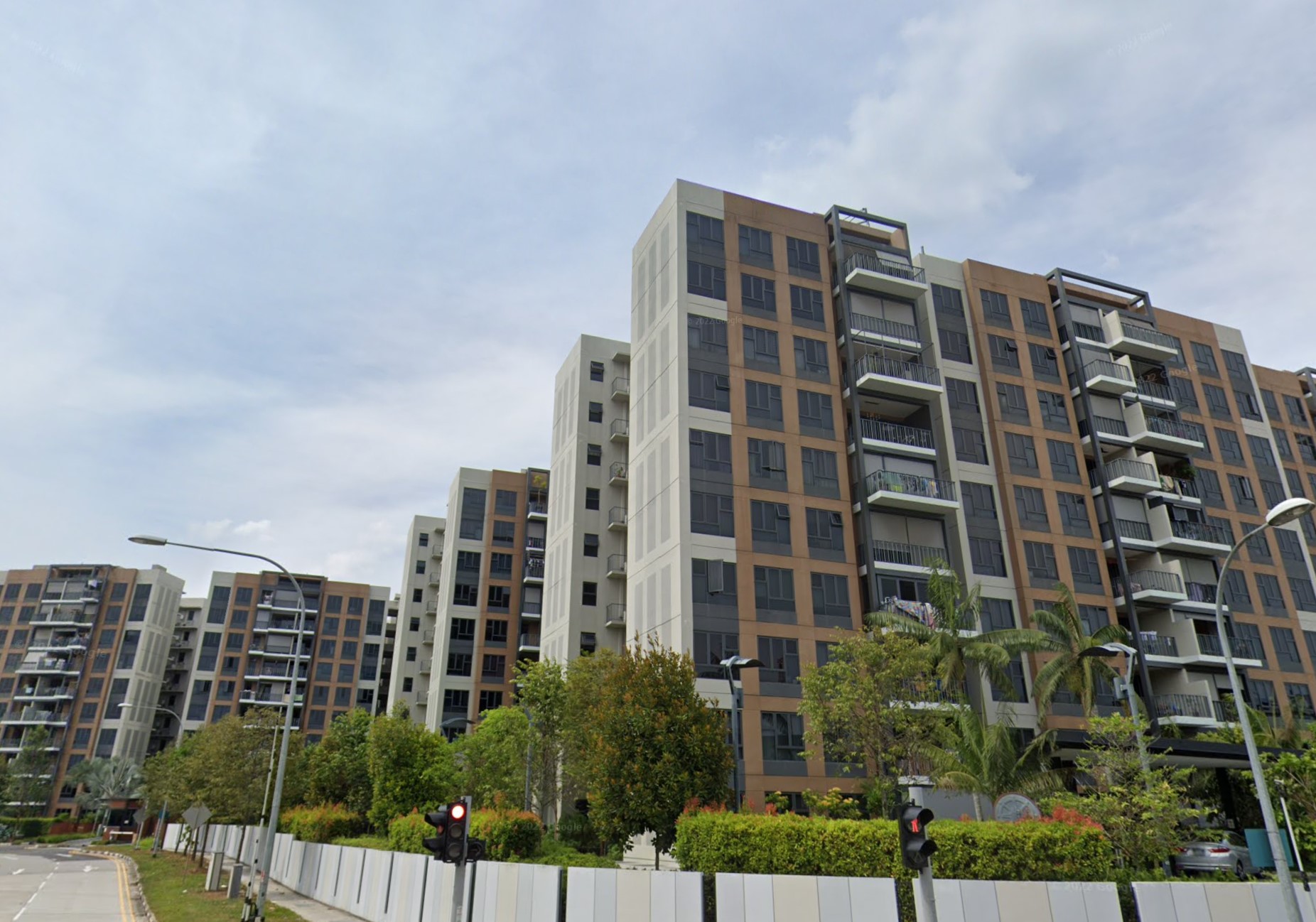
Check out the coolest time-lapse video of Singapore’s most innovative modular project!
The Brownstone project in Singapore boasts eight residential apartment blocks, each with 10 or 12 floors. One of the project’s standout features is its use of eco-friendly and efficient PPVC construction technology.
This groundbreaking project features the world’s largest application of concrete PPVC technology, making it the first of its kind for large-scale private residential development. A whopping 4,098 prefabricated building modules were created off-site and assembled on-site, demonstrating the effectiveness of factory-controlled manufacturing processes and highly organized on-site construction workflow. The result is an incredibly efficient, clean, and safe working environment for the workers, rigorous quality control, and a significant reduction in environmental impact.
The Building and Construction Authority of Singapore has showcased other examples of PPVC construction technology, including The Clement Canopy, a 40-story building that uses prefabricated modules. The two towers of this building were constructed using 1,866 modules, with the main contractor installing 10-12 modules per day, taking a mere seven days to complete each floor.
I will help you with the numbers: It took a total of 280 days to complete the entire project!
Singapore’s leadership in the field of Prefabricated Prefinished Volumetric Construction (PPVC) technology is a testament to the industry’s commitment to finding solutions to the challenges posed by the lack of construction manpower, resource availability, and rising construction costs. The demand for sustainable solutions to improve efficiency in the construction industry is more significant than ever before.
If you’re interested in keeping up with the latest developments in the construction industry, be sure to follow us on LinkedIn – PMideas – Project Management

La entrada From construction to manufacturing aparece primero en PMideas.
Fuente: SalineroPampliega (From construction to manufacturing).


